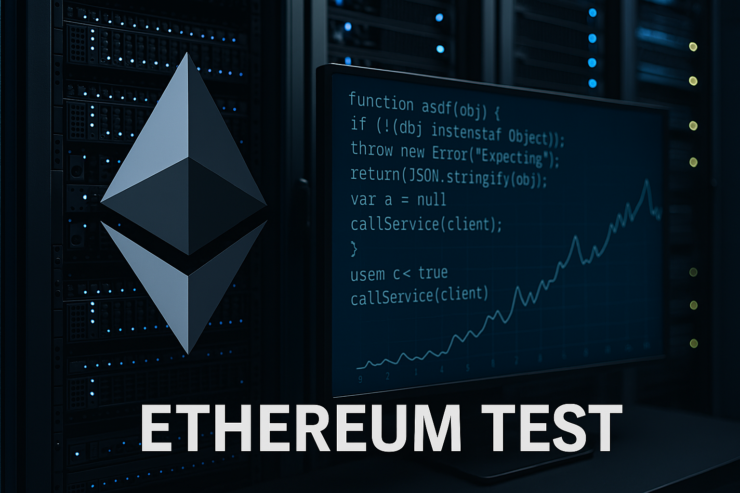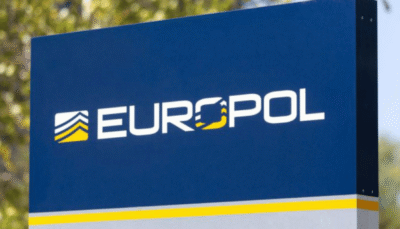Ethereum’s long-anticipated Pectra upgrade was successfully deployed on the Hoodi testnet Wednesday, marking a key milestone ahead of its scheduled mainnet release. The deployment follows repeated failures on prior testnets, intensifying pressure on Ethereum developers to deliver stability before the second quarter launch.
Hoodi, introduced on March 17, was built specifically to finalize testing for Pectra after two earlier networks—Holesky and Sepolia—encountered critical issues. Holesky, the first test site for Pectra on February 24, experienced extended finality loss due to validator misconfiguration. Sepolia launched on March 5, suffered from synchronization issues compounded by a targeted attack that exploited an edge case to mine empty blocks.
Unlike Holesky, where a clogged exit queue hindered testing, Hoodi offered a clean slate for full-cycle simulations. The network successfully forked and finalized approximately 30 minutes after activation. Developers plan to monitor the testnet over the next 30 days, with a tentative mainnet launch set for late April. However, deployment may shift to May or June to allow further testing.
“This is the third attempt, and the developers are exhausted,” said Nixo Rokish of the Ethereum Foundation’s protocol support team. “The consensus layer devs especially, but also somewhat the execution layer devs, are exhausted right now,” Rokish added that unexpected issues in Holesky and Sepolia drained development resources and slowed progress.
The Pectra upgrade introduces several core enhancements, including EIP-7702 for smart contract functionality in crypto wallets and EIP-7251, which raises validator limits from 32 ETH to 2,048 ETH. It also incorporates EIP-7691, increasing the maximum blob count to scale rollup capacity. These changes are intended to improve developer tools and user experience on the Ethereum network.
Ethereum’s prior upgrade, Dencun, deployed on March 13, 2024, reduced gas fees by 95 percent. Average gas prices dropped to 0.28 gwei by March 23, reaching historic lows. Despite the setbacks with Pectra, developers have continued to push for incremental improvements, even under strained conditions.
The failures in Holesky and Sepolia prompted the Ethereum core teams to reassess validator configurations. Holesky’s issue was partly caused by an insufficient number of validators on the canonical chain. “When about 10% was left on the canonical chain, the validators overloaded their RAM and memory,” said Rokish. The problem was unprecedented, forcing major adjustments by consensus layer developers.
With Hoodi now replacing Holesky, it becomes the permanent testnet for the final validation of Pectra. Client teams and staking operators will continue evaluating the upgrade, focusing on live simulations that replicate mainnet conditions.





